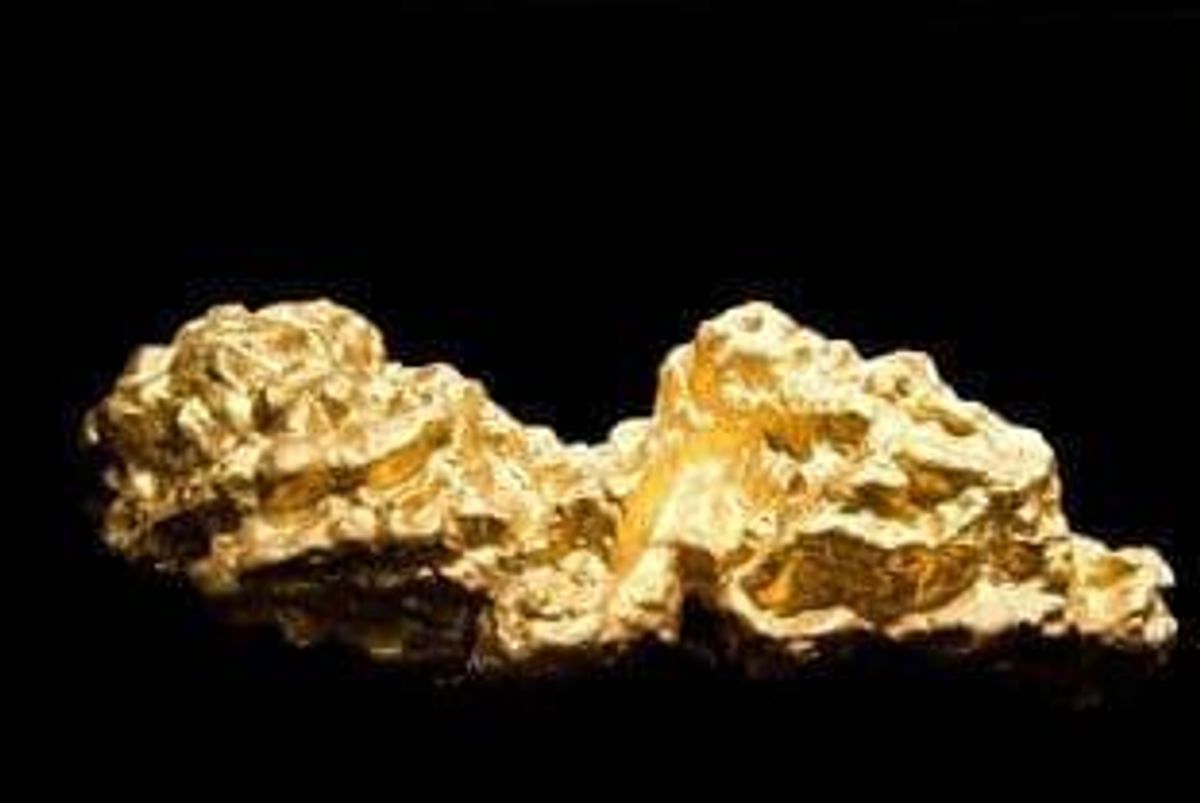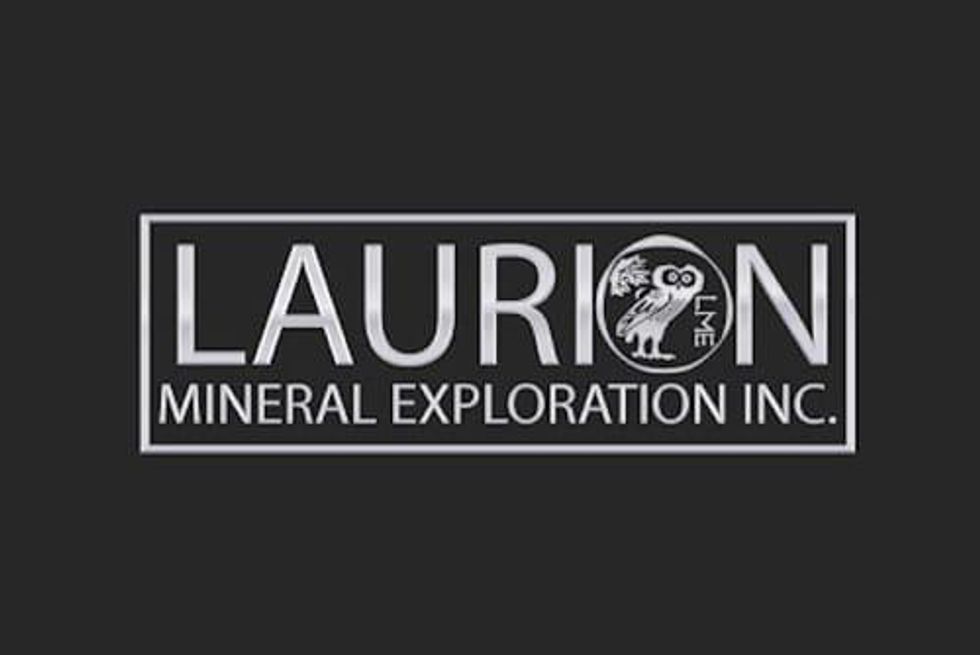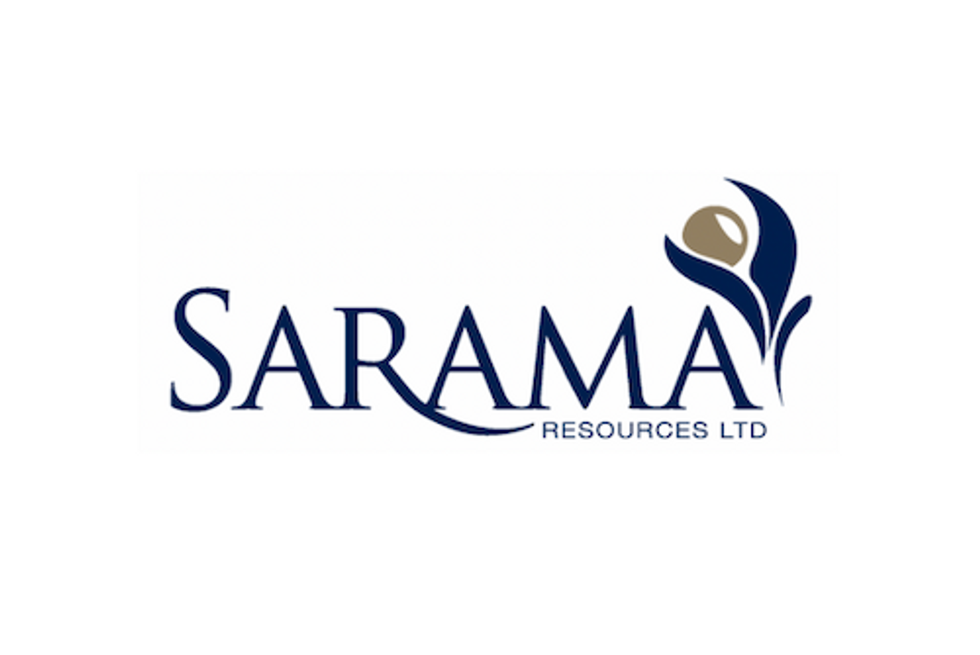
The recent explosion in the price of gold along with the inside knowledge that advancements in geophysics have opened the opportunity for explorers to pinpoint high-grade gold zones have renewed interest in gold mining in the Carolinas.
This article was originally published on Gold Investing News on April 4, 2011.
By Leia Michele Toovey-Exclusive to Gold Investing News
In 1799, Conrad Reed, a 12 year-old boy discovered a 17 pound gold nugget in a creek bed in Cabarrus County, North Carolina. What ensued was America’s first gold rush. There was mining success in both North and South Carolina for years, however, in 1849 a discovery in California attracted miners to the west, and interest in the Carolinas waned. Mining continued in a very limited fashion- with the war and the collapse of gold prices preventing the burgeoning industry from taking off. However, the recent explosion in the price of gold along with the inside knowledge that advancements in geophysics have opened the opportunity for explorers to pinpoint high-grade gold zones have attracted renewed interest to the area.
The Carolina Slate Belt
The majority of gold in North and South Carolina is located in a unique geological feature called “The Carolina Slate Belt” (CSB). This belt trends from Georgia to Virginia and has been proven to host many gold deposits. The CSB is host to a number of additional past producing mines including Rio Tinto’s Ridgeway mine, which had total gold production of approximately 1.5 million ounces. The Haile deposit was discovered in 1827, and at least 275 thousand ounces of gold were extracted intermittently between then and 1942 when the gold mine was ordered closed as nonessential to the war effort. The Reed Gold Mine in North Carolina produced about 50 thousand troy ounces (1.6 tonnes) of gold from lode and placer deposits. Total gold production is estimated at 1.2 million troy ounces (37.3 tonnes).
The Carolina Slate Belt has been largely untouched since the early 1990?s when most active mining and exploration work ceased due to low metal prices, which made working low-grade deposits uneconomical.
The Carolina Slate Belt can be characterized as low-grade gold deposits with high grade feeder zones. The current geophysical techniques make it easier to pin-point these high grade areas, making the mining economics in this region much more favourable. The CSB is thought to have major potential for containing large undiscovered deposits of gold and silver, as well as copper, lead, zinc, molybdenum and tin.
Explorers and miners operating in the Carolinas
Strongbow Exploration (TSXV:SBW)
Strongbow has two projects in the Carolinas: the Midway Project, and the Parker Gold Mine Property. The midway project consists of approximately 2,800 acres of prospective geology within the Haile-Brewer gold trend in South Carolina, USA. The Haile-Brewer trend extends for 16 kilometers between the past-producing Haile and Brewer gold mines located within the Carolina slate belt. The area of the Midway Project hosts considerable potential in a past-producing area, and has been underexplored because it is covered by extensive sand deposits. Strongbow retains an option with a private land owner to acquire the historic Parker Gold Mine located within the Gold Hill mining district of North Carolina, USA. The Parker Gold Mine property is located within the Carolina Slate Belt in the southeastern part of the Gold Hill mining district. Gold Hill is considered the most productive gold producing region of North Carolina with estimated past production of at least 160,000 ounces. The Parker property has never been tested by geophysical surveys or diamond drilling. Strongbow is currently planning a drilling program that will test beneath the historic mine workings, as well as the Crystal Hill target. Preliminary exploration work is expected to start in early April 2011.
Romarco Minerals Inc. (TSXV:R)
Romarco Minerals is currently exploring at the Haile Mine Project, The Haile Gold Mine reserve and resource estimate currently stands at 3.1 million oz. gold resource, which includes measured 1.7 million oz. and indicated 1.4 million oz. The Haile mineralized corridor remains open in all directions and at depth with the discovery of a new zone (Horseshoe) early in 2010 confirming underground mining potential.
Erin Ventures (TSXV:EV)
Erin Ventures is currently working on the Deep River Gold Project, located in central North Carolina. The project contains gold, copper and molybdenum mineralization. Results from rock sampling of the limited outcrop in the prospect area range up to 3.1 g/t gold, 0.2% copper, 0.13% molybdenum and 0.74% lead. Rock samples taken outside of the original soil grid reported 2.5 g/t and 0.6 g/t gold, indicating good potential to expand the overall dimensions of the mineralized zone. The overall zone of mineralization is poorly exposed due to deep weathering and vegetation.
Revolution Resources (TSX:RV)
Revolution Resources is currently drilling at the Champion Hills Gold Project in North Carolina located within the Carolina Slate Belt. The Champion Hills Project is currently in its Phase III drilling program. Revolution has drilled 22 holes from Phase II with the results pending. The Company released drill results at the end of last year from the 2,700 m Phase I program. Initial drill results from the Loflin target included: 70.0m avg. 1.10 g/t Au, and 30.0m avg. 2.59 g/t Au. Initial drill results from the Jones-Keystone target included 28.0m avg. 3.01 g/t Au.





